Garden projects. A few alternative material ideas.
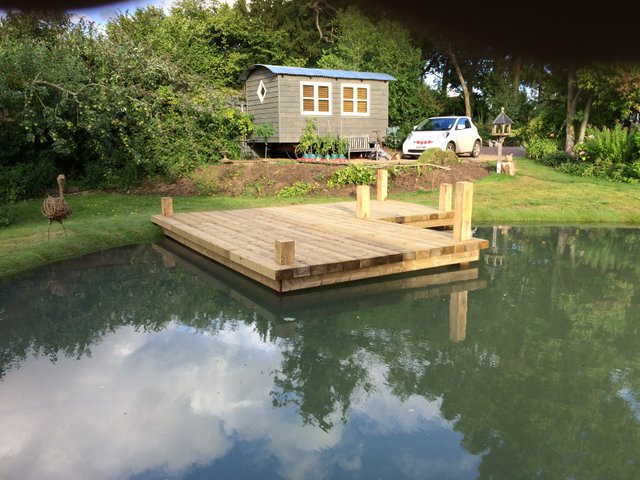
Sleeper decking.
Another alternative to the standard decking that is used widely through the landscaping scene, is the use of sleepers. In the past we have used reclaimed railway sleepers, however they do tend to be covered in tar, and they can sweat all of that nastyness out in the summer months. There are many advantages in using sleepers for decking. Aesthetics is one of the main reasons, a good chunky timber decking can look incredible in the right surroundings. The strength of it can help in certain scenarios. We often use sleeper decks when building over ponds as they don’t usually need many posts due to the rigidity of the structure. Also, they should last a very long time compared to the usual decking plank. One thing to remember is that the cost is going to be grater. You will find you save on the framework cost, but overall it will be more expensive, especially when you purchase 8” (200mm) screws that will be needed when anchoring the boards down.
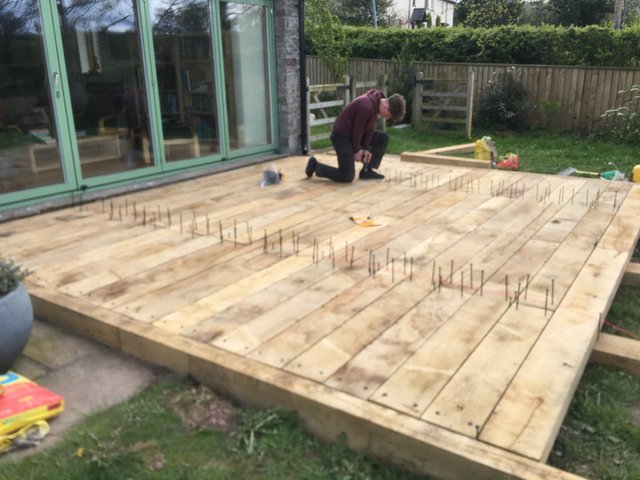
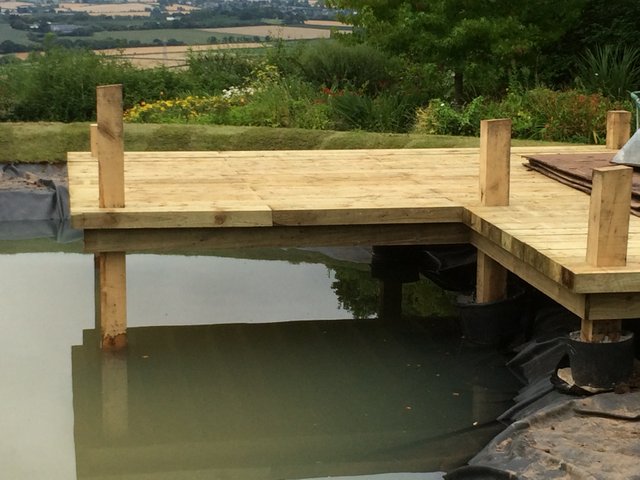
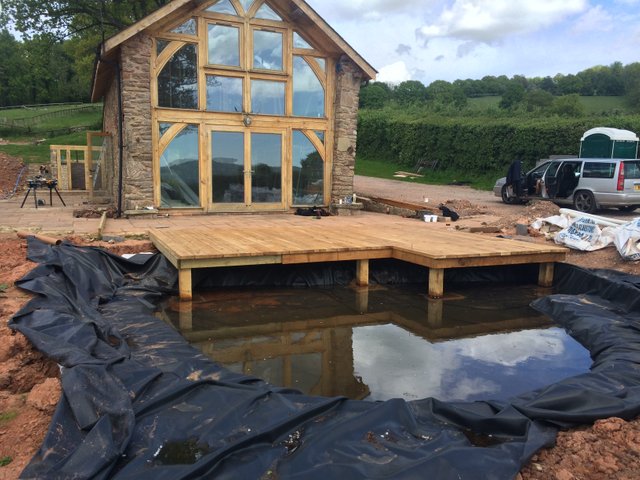
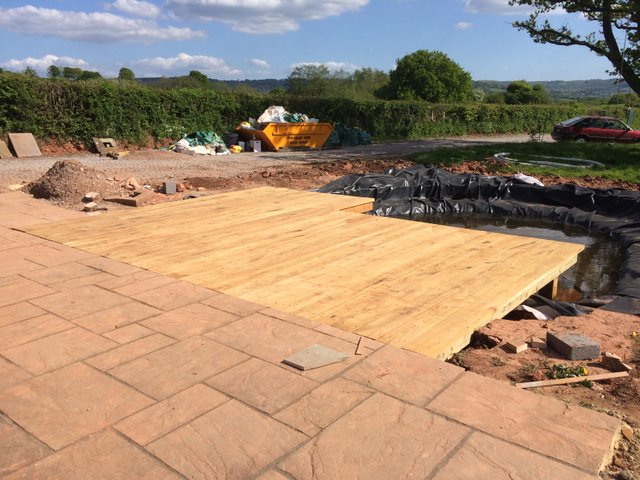
Making a patio a bit more interesting.
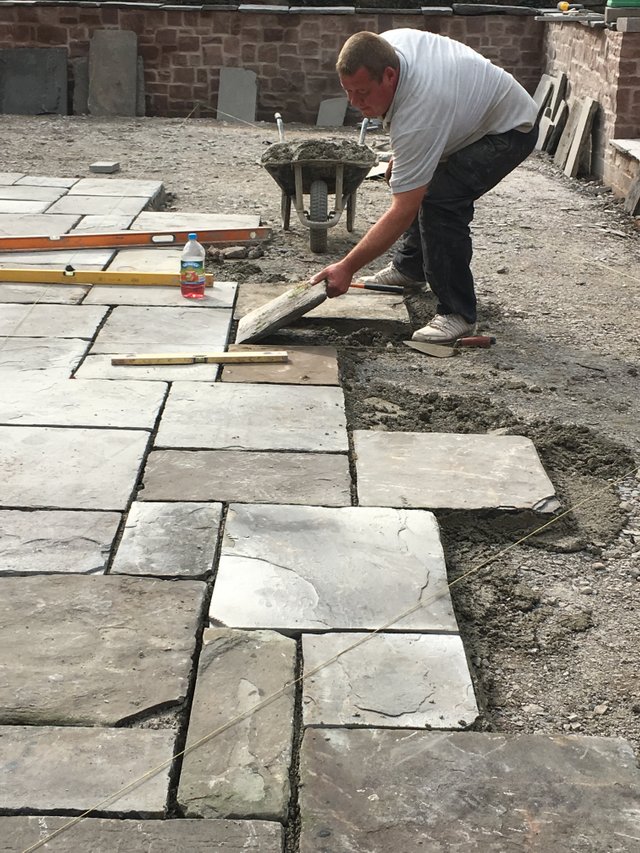
Firstly, choosing your material is very important. The most common material used is the Indian sandstone paving slab, and it’s easy to see why, it comes in a variety of colours, is incredibly hard, they come in uniform sizes, and is currently one of the cheapest slab available. But it is still worth trying to add some interest to a patio, rather than having a boring rectangle or square. It is relatively easy to cut curves on these slabs, or another option is to stager the outside edge. Another trick is to mix materials. When ever you choose to do this it is important to either have a contrasting material or to match it exact. If you get something very close, it doesn’t seem quite right. It gives the impression that there was an attempt to match it perfectly, but it was a slight failure. These next set of pictures are all Indian sandstone.
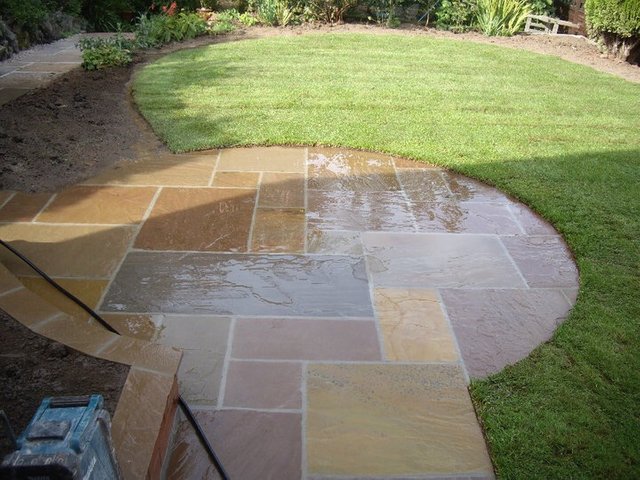
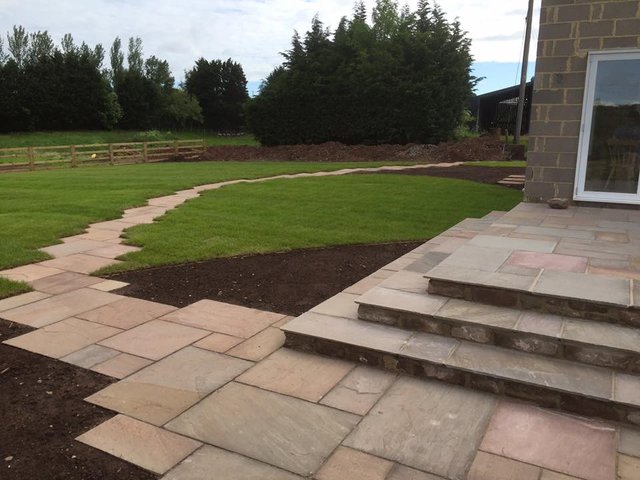
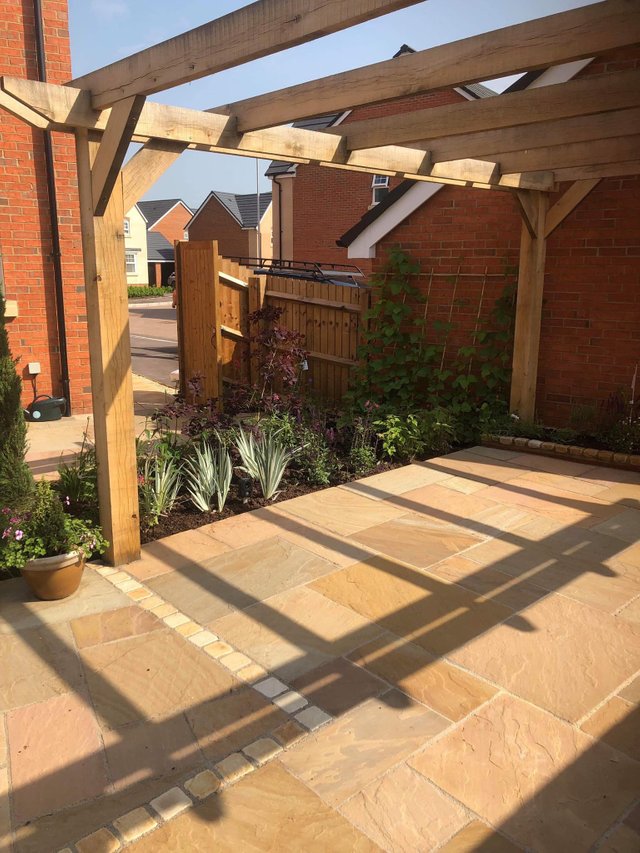
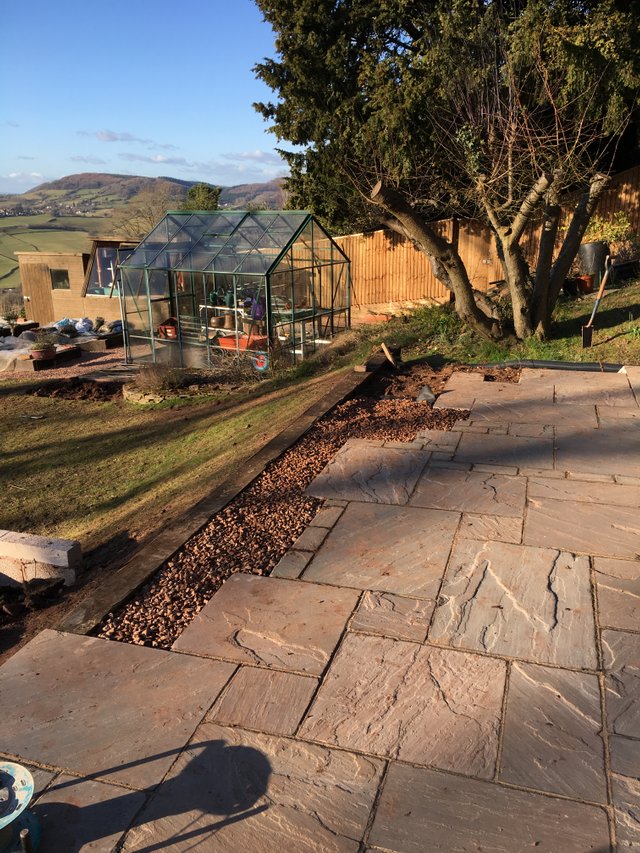
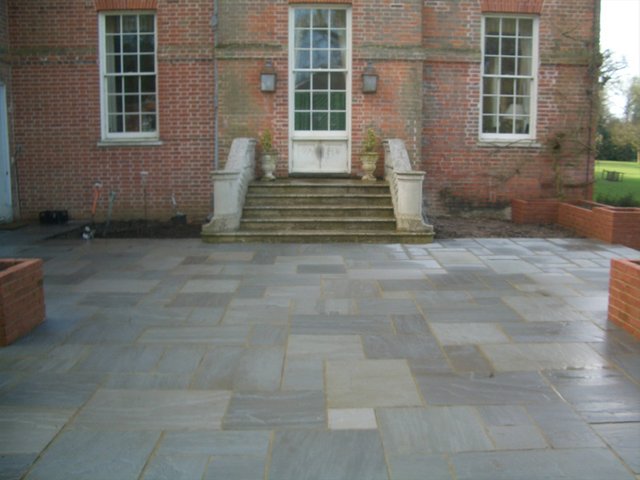
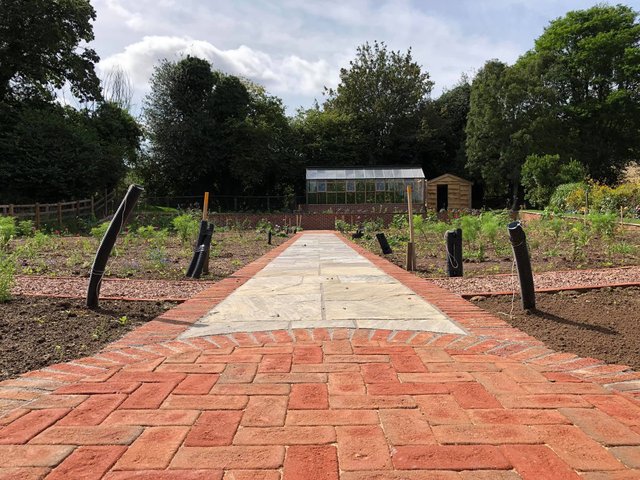
Another good trick is the recessed manhole cover for this type of paving. A little tricky to do, but they are very effective.
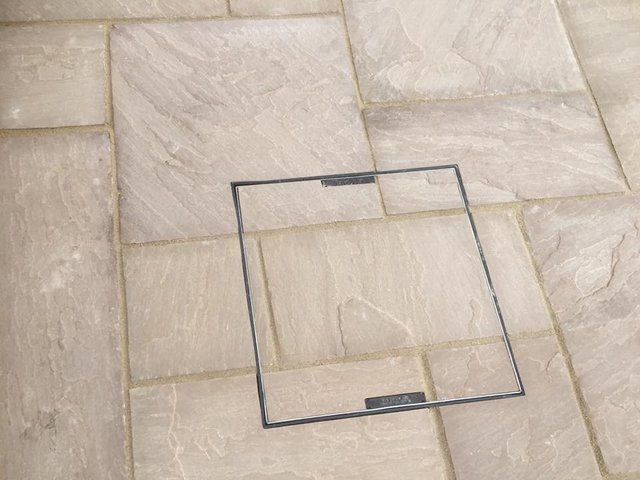
But don’t be afraid to try other materials. Reclaimed slab stones give a much older and aged feel, Along with cobbles. Also brick pavers can be relatively inexpensive.
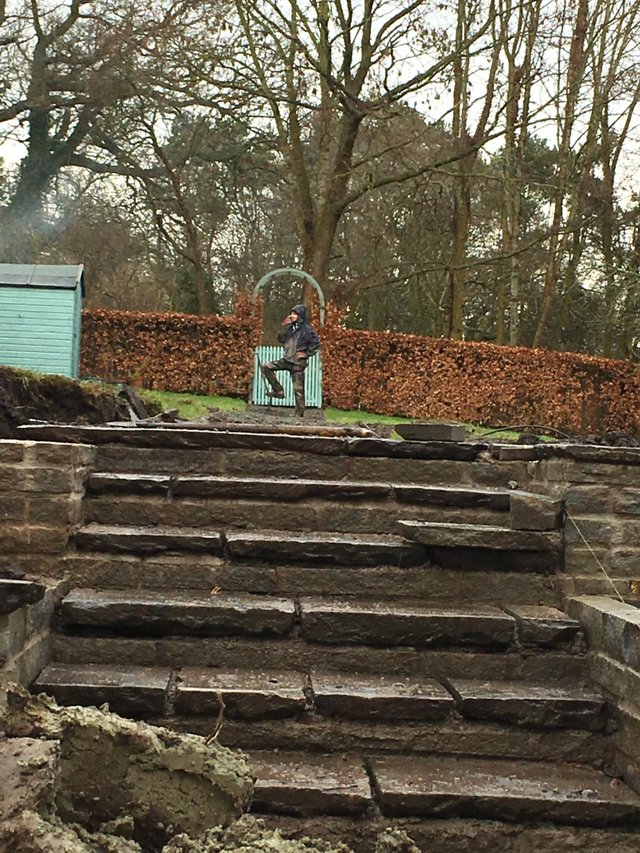
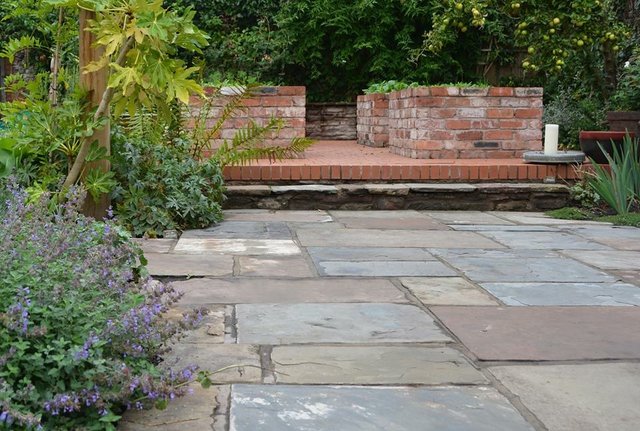
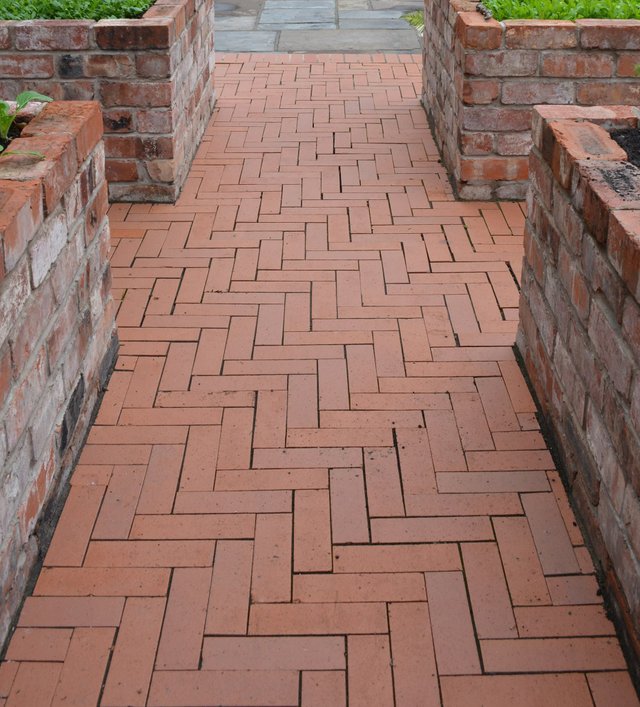
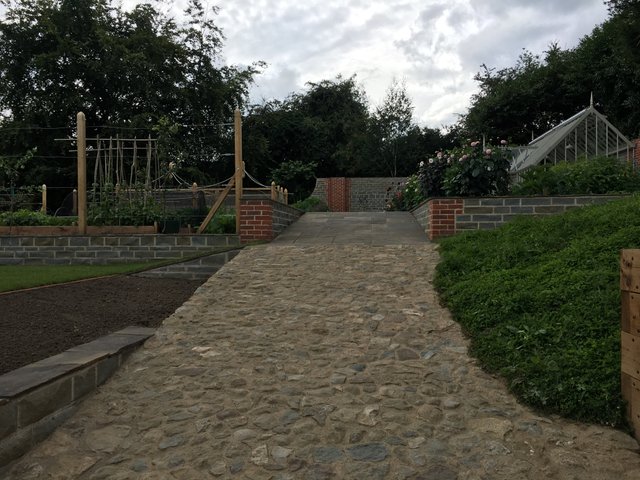
Raised flowerbeds or retaining walls.
There are plenty of material options for this problem, and I’m afraid it is all personal preference and worth trying to keep it similar to the surroundings. Whether it is brick (old or new) stone, (dry or mortared) or timber. It really doesn’t matter too much. If you decide to go for a timber wall, remember that you will be looking at replacing it around the 10 year mark with today’s treatment methods.
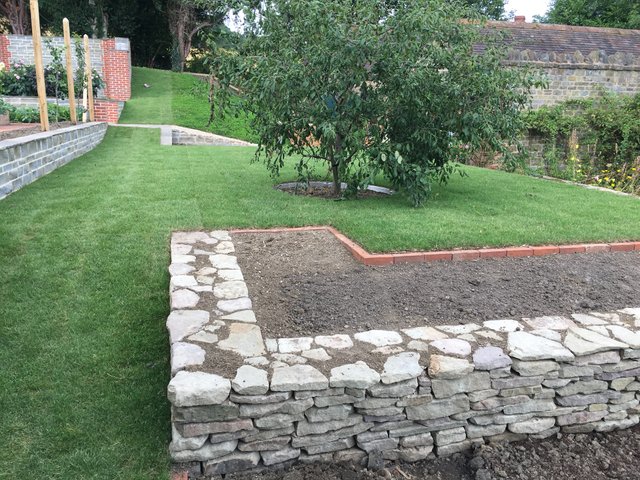
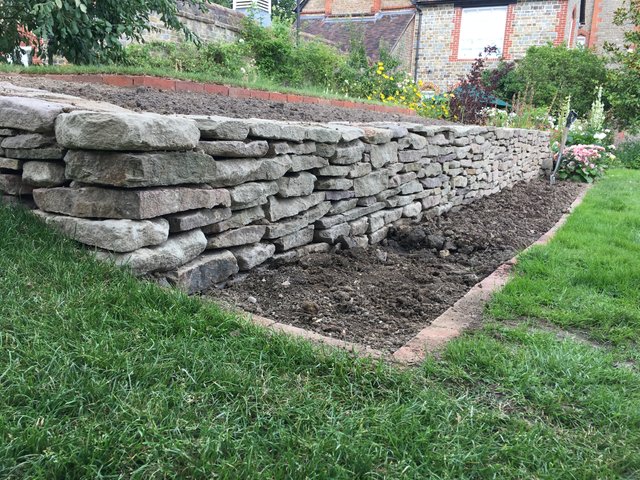
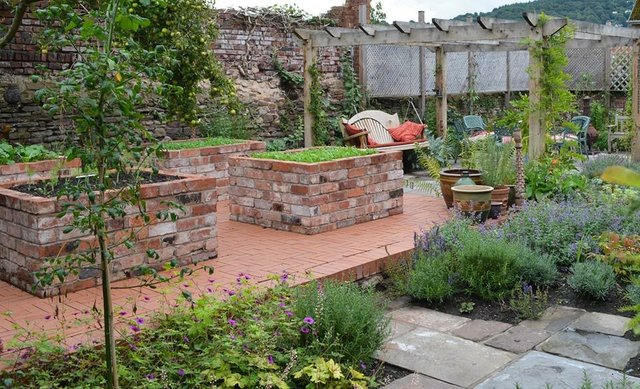
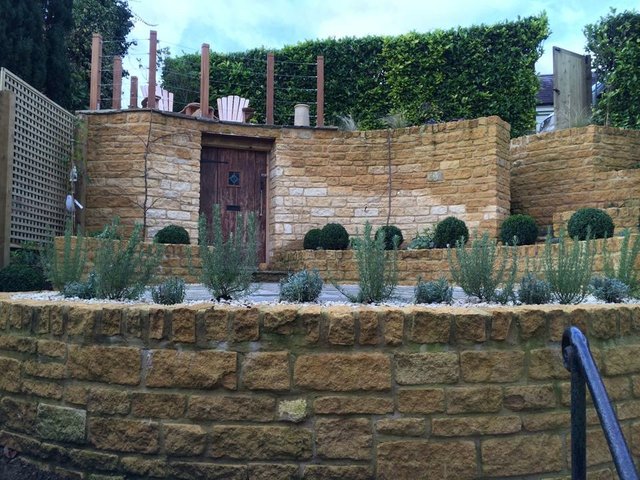
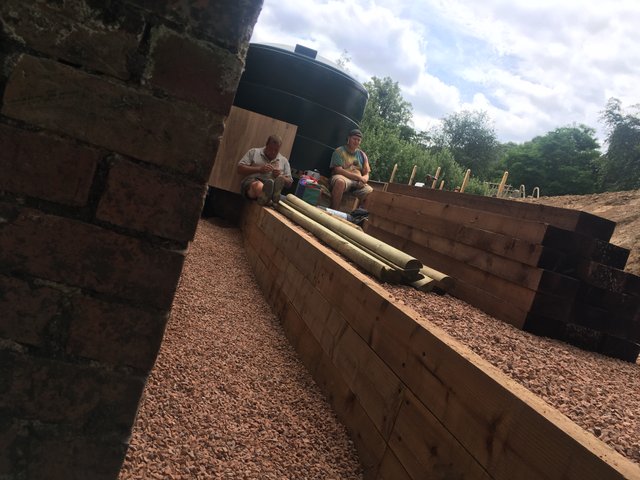
As I always say, feel free to ask anything on today’s post, or any other landscaping query.
You've been visited by @minismallholding from Homesteaders Co-op.
I’ve featured your post in the Homesteaders – Living Naturally newsletter.
A community marketplace of ethical, handmade and sustainable products available for STEEM, SBD (and USD): https://homesteaderscoop.com
follow: @homesteaderscoop
Thanks for the support. 👍
Interesting post!
I need advice:
What is the ratio of sand to cement to be in order for the tile to hold firmly?
All slabs are laid on a corse sand (sharp sand or 8mm to dust) Mix, at a ratio of 6 to 1. This is laid on top of a compacted sub-base. Hope this helps.
Thank you very much for your advice!
Not a problem
How does the Indian sandstone compare costwise to the cheap alternatives like concrete and brick pavers?
@tipu curate
Upvoted 👌 (Mana: 5/20 - need recharge?)
There are concrete slabs cheaper than Indian sandstone, But they aren’t worth bothering with to be honest. We mainly us Indian stone now, because it has got everything going for it. It’s very nice, easy to lay, great quality, and one of the cheapest on the market.